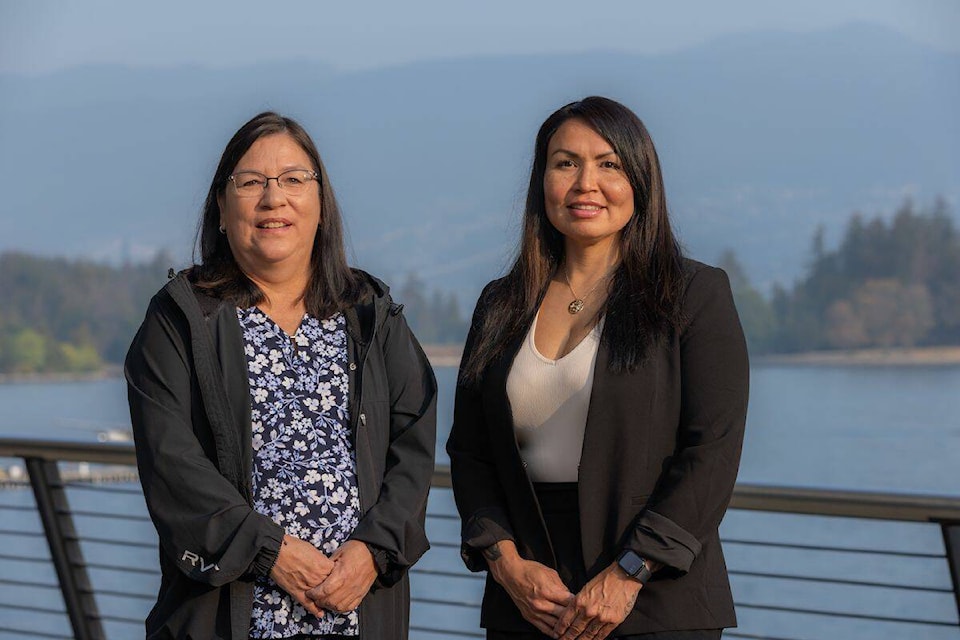A group of northwest B.C. First Nations is looking for federal and provincial money in combining the objectives of dealing with climate change and economic reconciliation.
The First Nations Climate Initiative (FNCI) – led by the Haisla, Nisga’a and Metlakatla First Nations – outlines seven ways toward a low carbon economy in B.C.
The plan would also provide economic self-determination, the First Nations’ group said in a statement.
“Climate policies and programs at all levels of government, including First Nations governments, are evolving quickly to meet stated 2030 and 2050 emission reduction goals,” said Eva Clayton president of Nisga’a Nation and a founding member of FNCI.
“Our climate action plan outlines pathways that can meaningfully advance other government climate policies by making them more locally and globally significant while reducing poverty in First Nations communities, taking us closer to a recovering climate,” she added.
Haisla Nation’s chief councillor Crystal Smith, another FNCI founding member, said First Nations have a central role to play in helping countries reduce their emissions by switching from coal to cleaner fuels and ultimately zero emission energy systems.
“Our natural gas is already the cleanest in the world, and in the future, it can be used to manufacture hydrogen and usable solid carbon without any emissions,” said Smith.
“The action plan is the result of three years of collaboration with hundreds of climate experts, many other First Nations, technology experts and representatives of the energy, carbon, forest and mining industries as well as civil society organizations and other levels of government.”
The Haisla already have a strong economic interest in the $40 billion-plus LNG Canada liquefied natural gas facility now being constructed in Kitimat while the Nisga’a are working on a commercial partnership for a liquefied natural gas facility on the north coast.
The group said that while formulating the plan, they conducted feasibility studies of northwest B.C.’s renewable energy generation and transmission opportunities. They also undertook pre-feasibility analyses of nature-based climate solutions in 8.0 million hectares of seven First Nations territories and analyzed greenhouse gas abatement strategies for existing and potential natural gas projects.
The FNCI’s suggested actions include expanding the carbon markets and investing in expanding the 500 KV northwest energy transmission grid to provide more renewable energy. They are also asking for increased tax incentives and direct government investment for demonstration projects to support the development and growth of new low carbon and negative emission energy systems.
Fast-tracking Indigenous-led climate solution projects as well as expediting programs that enable First Nations to invest in and become major equity partners in decarbonized projects are among some of the other recommended actions.
The action plan has garnered support from several northern First Nations including Halfway River First Nation whose chief Darlene Hunter said such nature-based solutions are a big part of the solution for many Indigenous communities in the region as they protect and restore ecosystems while also providing new economic opportunities for them.
